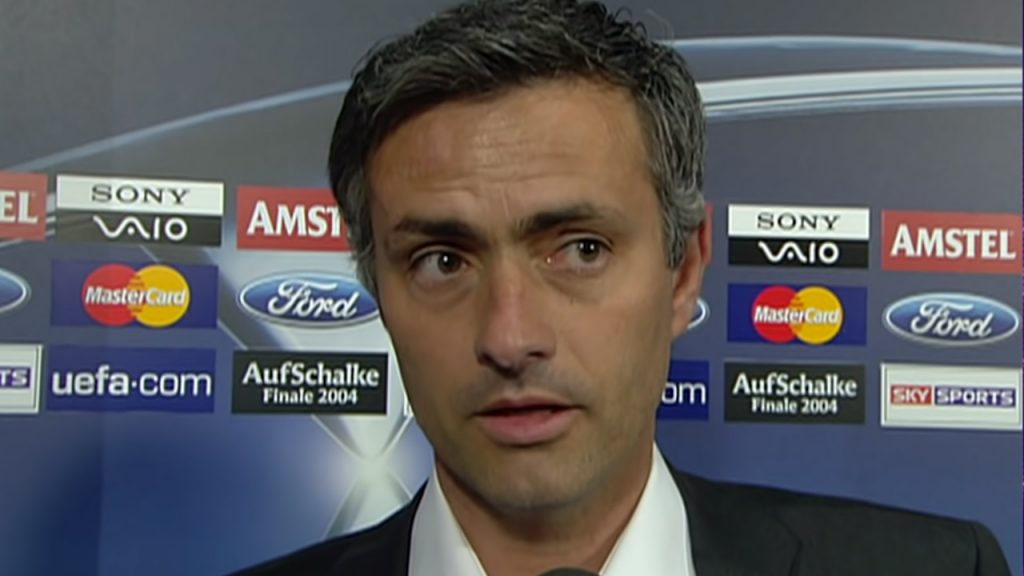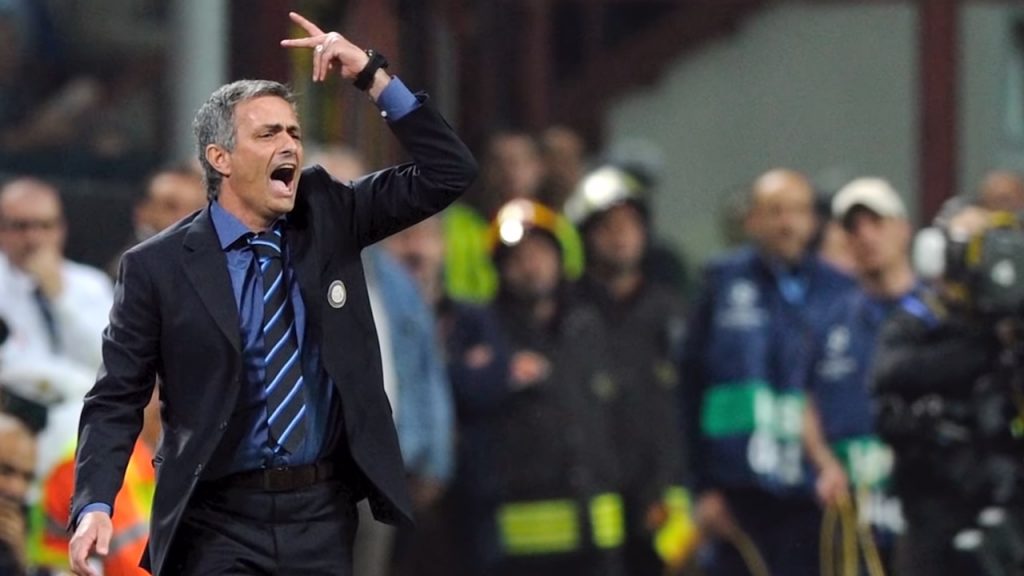Authority Soccer (authoritysoccer.com) is a participant in the Amazon Services LLC Associates Program, an affiliate advertising program designed to provide a means for sites to earn advertising fees by advertising and linking to Amazon.com. This site also participates in other affiliate programs and is compensated for referring traffic and business to them.
There are plenty of different plays and strategies that are used in soccer. One of the most well-known plays is “parking the bus”, which might sound foreign and odd to some newbies in the sport but is actually quite effective when it comes to winning soccer games on the defensive side.
But what does the term “park the bus” really means in the sport of soccer?
When you “park the bus” in soccer, you are employing an ultra-defensive strategy that involves defending your end of the field with nearly the entire team.
It works well when you have the lead and you are trying to prevent the opposing team from scoring but it doesn’t work well if you want to score a goal yourself.
The defense has always been a central part of any winning team in the world of sports, which naturally includes soccer.
So, in soccer, parking the bus technically involves limiting the offensive opportunities that an opponent can get by focusing more on keeping hold of the ball whenever your team is in possession of it or forcing the opposing attackers into tough looks at the goal.
But there are still a lot of things you need to learn more about this tactic so that you can truly understand how to use it and how to beat it.
What does it mean to park the bus in soccer?
There are plenty of different strategies and sets that you can apply in a game of soccer, and most of these tactics have worked in the favor of the managers and coaches who utilized them to the fullest. One of such tactics is parking the bus.
The strategy of parking the bus is something that José Mourinho, a famous and successful soccer club manager, came up with. Using this strategy, along with his other sets on offense and defense, Mourinho was able to carve up a legendary career full of championships and individual accolades. But what does it really mean for a team to “park the bus”?
Parking the bus is actually a defensive strategy employed by a coach or a club manager to make sure that his team focuses more on limiting the opposing squad’s ability to see open looks at the goal or even to gain possession of the ball.
It is lauded as one of the greatest defensive strategies a team can use especially if the club has the lead by at least two goals.
The basic premise of parking the bus is to increase the possession of the ball and to hold it as long as possible instead of trying to open up the field and widen the areas wherein the team can attack and find open opportunities to score.
So, fundamentally speaking, you are trying to slow the game down by keeping the ball away from the opposing teams while also limiting your own chances of building up offensively.
It is important for the team to have capable central defenders and midfielders because they are the ones who will dictate what will happen using this defensive strategy.
The reason is that they are often the central figures that make it possible for this strategy to happen especially because of how they decide where the ball goes to keep it away from the opposing team.

For example, a goalkeeper gives the ball to a full-back, who holds on to it for some time before making a pass to the defensive midfielder.
It is then the midfielder who keeps the ball in his possession for an extended period of time before making a decision to pass it to a wide-open area on the field whenever he attracts the defensive attention of the opposing team.
That’s why it is important for the midfielder to be physically strong and agile so that he can keep up with the pressure that the opposing team can put on him whenever he is trying to keep the ball in his possession for long periods of time.
Meanwhile, on the defensive end or whenever the opposing team has the ball, parking the bus involves having to keep two rows of four players each at the defensive end as you employ nearly all of your players on that end to frustrate the opponents into forcing shots they are not comfortable with.
Most of the time, parking the bus only keeps one attacker that is isolated on the other half of the field to serve as a fallback option in case the team needs to score. However, the sole focus of this strategy is to prevent the opponents from scoring.
So, basically, you build a wall around your side of the field to make sure that no one on the opposing team gets to score. Meanwhile, you are also limiting your own opportunities to score because you are only allowing one or two players to find ways to score for your team. Most of the time, you are only committing one player to attack.
Essentially, parking the bus is best used whenever you have a safe lead and you are trying to preserve it but it shouldn’t be used if you are behind or if you are holding onto a precarious lead.
But there was even a game wherein José Mourinho employed the strategy to keep the game 0-0, which he described as a win for him.
Park the bus formation
When a team is parking the bus, the formation employed is usually 4-5-1 on defense. That basically means that there should be two rows of at least four players each that will stay on the defensive end of the field.
So, with a row of four players at the deepest end of our goal, there should be three (the two wingbacks and the defensive midfielder) on top of them.
Two center midfielders should stay near the center but should also be ready enough to fall back into the defensive end in case they are needed so that the defensive wall would become thicker. Only one sole attacker should be left isolated further forward.
There are also some instances wherein parking the bus involves moving down to a 6-4 formation especially if the opposing team manages to get closer to the goal.
The wingers, in this case, will have to fall back closer to the goal to serve as full-backs while the lone striker moves to become a midfielder.
How do you beat park the bus?
Because parking the bus essentially uses nearly all of the players to build a defensive wall that seems impenetrable, does it also follow that the opposing club manager needs to use nearly all of his players on the offensive end to build a spear that can pierce through that wall? Not exactly, but here are some ways for you to beat this defense:
- Parking your own bus can be an effective way to beat a team that is parking the bus because it now becomes a battle of attrition for you because neither you nor your opponent will be willing to do much on offense. As such, there is a chance for the match to end in a 0-0 draw. But what you have to do here is to observe if your opponent will try to blink and abandon the strategy because that is where you should try to counter with your regular offensive attack.
- You can try to use your goalkeeper and move him up to try to temp the attackers to abandon the bus and bite the bait. When the goal is open, offensive-minded players who should have been back on defense to park the bus might try to take advantage of it. This can put some holes in the defense of your opponent, which you can take advantage of by using quick and accurate passes to get closer to the goal before the opposing team can notice the weakness in the formation.
- Just keep on attacking! Try to force your way to the goal using brute force because no wall will ever stand strong enough if you keep on hitting it over and over again. You can bring in more offensive players up the field to keep the pressure on the opposing defense until you can see a slight opening that you can take advantage of when one of the key defenders makes a mistake or succumb to fatigue.

Where did the phrase “park the bus” come from?
There is still one question we haven’t tackled here even as we have finished discussing how effective parking the bus is. Where exactly did the term come from and why is the strategy called “parking the bus”?
Well, there is no certainty as to why José Mourinho used the term to describe this defensive strategy but some people have pointed out that it could perhaps be related to how keeping a literal bus parked means that there is no movement happening.
The bus is just there sitting on the parking lot and taking up space similar to how parking the bus in a soccer game involves “parking” your players on the defensive end with no motion whatsoever on offense.

